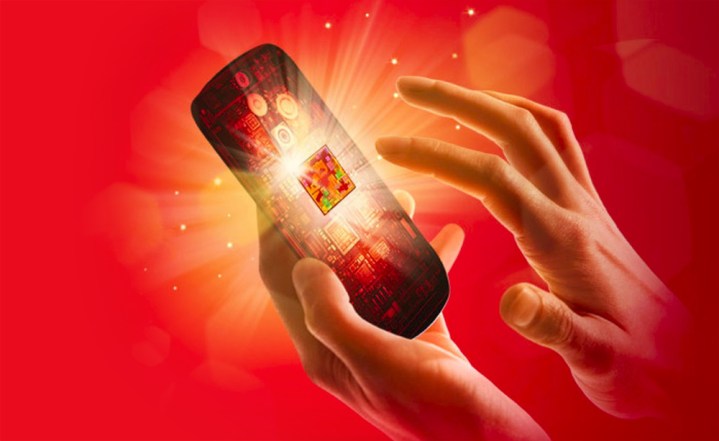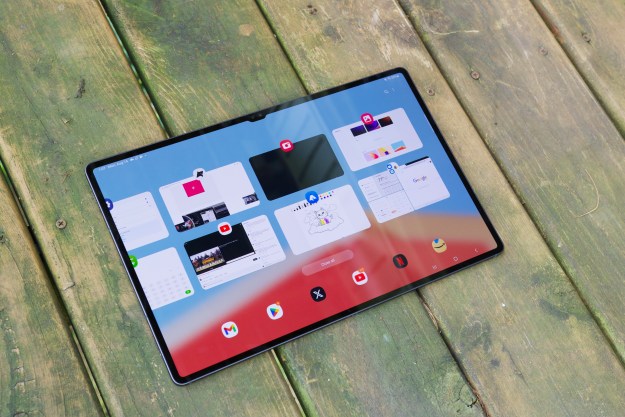
I’ve been doing a long-term evaluation of the Nokia 1020, and if the fact that I don’t want to give it back is any indication, it appears to be going well. The camera is incredible. My old Nokia 920 was good, but I really didn’t notice that much difference between it at other high-end smartphones with good cameras. The 1020 is the first smartphone that has truly made my DLSR and point-and-shoot cameras obsolete; I simply don’t carry them with me anymore.
I decided to take a look underneath the technology this week. While a great deal has to do with the lenses and sensor, the Snapdragon processor (you gotta love the little dragon commercial) is doing much of the heavy lifting. As it turns out, the processor does matter in a phone, because this one would be nowhere near as good without it.
What’s inside matters
To get the Nokia 1020’s camera from great to amazing, it needed to be able to offer optical image stabilization, high-dynamic range imaging (HDR), precision shutter control, and a Xenon flash (a feature generally just found in standalone cameras). Since its unique sensor captures 41 megapixels of raw image data, it needed the computing power to rapidly process, edit and compress the pictures taken. Finally, to get the result to produce amazing pictures, there needed to be automated noise reduction and color tuning. The end result is the best camera, particularly in low light, on a smartphone in the market today. Many of these features tie directly into specific features of the Snapdragon processor, and wouldn’t have worked had a lesser chip been selected for the phone.

AnandTech, a site that typically does a great job of comparing PC processors, did a detailed test on the camera in this phone and concurred that is so far beyond anything else, it crosses into amazing.
Picking a smartphone
There are really four things I want from my smartphone: It has to be a good phone, it has to be a good PDA, it has to run the apps I want to run, and it has to have a great camera, because I take a lot of pictures (mostly of cars). Having a good idea what you want in a smartphone before you start shopping can help you avoid getting enticed by what some marketing person wants you to buy. Ultimately, you want to find a phone you’ll love on the first day you have it and still enjoy up until you trade it in for a newer model. If you’re older, have trouble seeing small text, or just have big hands, you’ll want a bigger screen. If you have small hands, perhaps look for a smaller one. If just buying Apple is most important, then you should do that. If the next phone you have must have a wooden case, well there is a phone for you.
As smartphones mature, I’ve noticed that I’m starting to care more about what’s inside them, just like I did with my PC. Having the performance headroom to drive the features I want to use is becoming important to me. The one caveat is that I won’t sacrifice battery life for performance, which is good, as this Nokia 1020 actually gets better battery life than my old 920 did, also largely thanks to Qualcomm’s platform.
Specs aren’t just for showing off
If you are like me, and are chasing a particular feature or level of performance, the chip in your next smartphone will likely matter to you as much as it’s starting to matter to me. Funny how the world is changing: It seems just as we seem to care less and less what’s inside our PCs, we seem to be caring more about what is inside our smartphones – or at least should be.
In any case, if you get a chance, check out the camera in the Nokia 1020. It is simply amazing! Now if they’d just turn that Qualcomm dragon commercial into a movie…
Editors' Recommendations
- Qualcomm’s Snapdragon 4 Gen 2 brings faster 5G to budget phones
- Meet the Snapdragon 8 Gen 1, Qualcomm’s flagship mobile chip for 2022
- Dimensity 9000 vs. Snapdragon 888: How new MediaTek flagship threatens Qualcomm
- Snapdragon 865 phones with 5G are coming from Xiaomi, Nokia, Motorola, and Oppo


